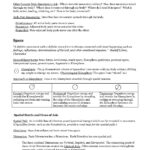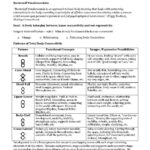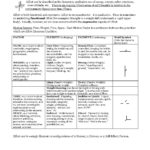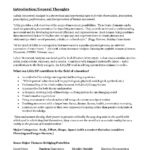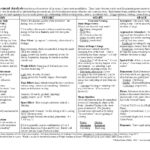Laban Movement Analysis
The Laban Movement Analysis is a framework for generating and describing human movement. The movements have been specifically curated to evoke and enhance powerful emotions in both the observer as well as the performer of the movements.
The framework for the movements was developed by Rudolf Laban and later elaborated on by Lisa Ullmann, Irmgard Bartenieff, Warren Lamb and others. The LBA framework is based on knowledge from several fields like anatomy, kinesiology and psychology.
It is used in a variety of industries, most notably dance, choreography and theatre but it has also been referenced in anthropology and serves as the foundation for some management training courses.
The Laban Movement Analysis will not be applied to the realm of fashion especially some of the performative actions associated with dress. For this iteration, I have focussed on mapping the Laban Movements to the ritual of getting dressed.
The LMA can contribute to developing a deeper understanding of fashion as garments as well as the industrial fashion process in the following ways: (paraphrased from ‘Psycho motorische therapie’)[1]
-
Embodied knowledge and experiential learning experience
-
‘Whole person’ education (self as psychological, physical, sociological, spiritual, etc.).
-
Understanding of the relationships between Individual/Group/Society.
-
A perspective for both theory and practice.
-
A dynamic, evolving body of knowledge—a living system for our changing world.
-
Transformative experiences.
-
Teaching movement with a larger lens: dance, theatre, fitness, health, community creating.
-
Performers (of LMA) are active agents in their own empowered learning rather than passive recipients of received knowledge.
Motion Principles
Space/Focus
Direct <========================> Indirect
Time
Quick (sudden) <========================> Sustained
Weight
Heavy <========================> Light
Flow
Bound (tension) <========================> Free
Laban movement applied to the rituals of getting dressed
| Thrusting/punch – Direct, Quick, Heavy, Bound | Quickly pull up a zipper. There might be multiple zippers on this garment. |
| Dabbing – Direct, Quick, Light, Bound | Get lost in a big sweater, where is the neck hole? |
| Pressing – Direct, Sustained, Heavy, Bound | Hands get stuck in sleeve because of a watch or big bracelet. Putting on your trousers after shoes. |
| Gliding – Direct, Sustained, Light, Free | Pose in the mirror with a long flowy dress |
| Slashing – Indirect, Quick, Heavy, Free | Take off your jacket, it’s still stuck to one arm so just kind of thrust your arm downwards to get it off. |
| Flicking – Indirect, Quick, Light, Free | Kick off your shoes after a night on the town. Maybe you have had one too many. |
| Wringing – Indirect, Sustained, Heavy, Bound | Tie a big sash around your body. Maybe more than one sash needs to be tied. |
| Floating – Indirect, Sustained, Light, Free | Putting on something soft, like pyjamas or a scarf. |
Laban Movement Analysis Explanation
References
- Konie, R. (2011). A brief overview of Laban Movement Analysis. MovementHasMeaning.com. [Online]. Available at: http://psychomotorischetherapie.info/website/wp-content/uploads/2015/10/LMA-Workshop-Sheet-Laban.pdf
- Wikipedia. org. (24 June 2021). Laban Movement Analyis. wikiepdia.org. [Online]. Available at: https://en.wikipedia.org/wiki/Laban_movement_analysis
- Tsachor, R.P.& Shafir, T. (2017). A Somatic Movement Approach to Fostering Emotional Resiliency through Laban Movement Analysis. Front Hum: Neurosci. [Online]. Available at: https://doi.org/10.3389/fnhum.2017.00410
- Malone, T. (2019). Laban Movement Analysis. [Youtube]. Available at: https://www.youtube.com/watch?v=OK-7QhORB9k




